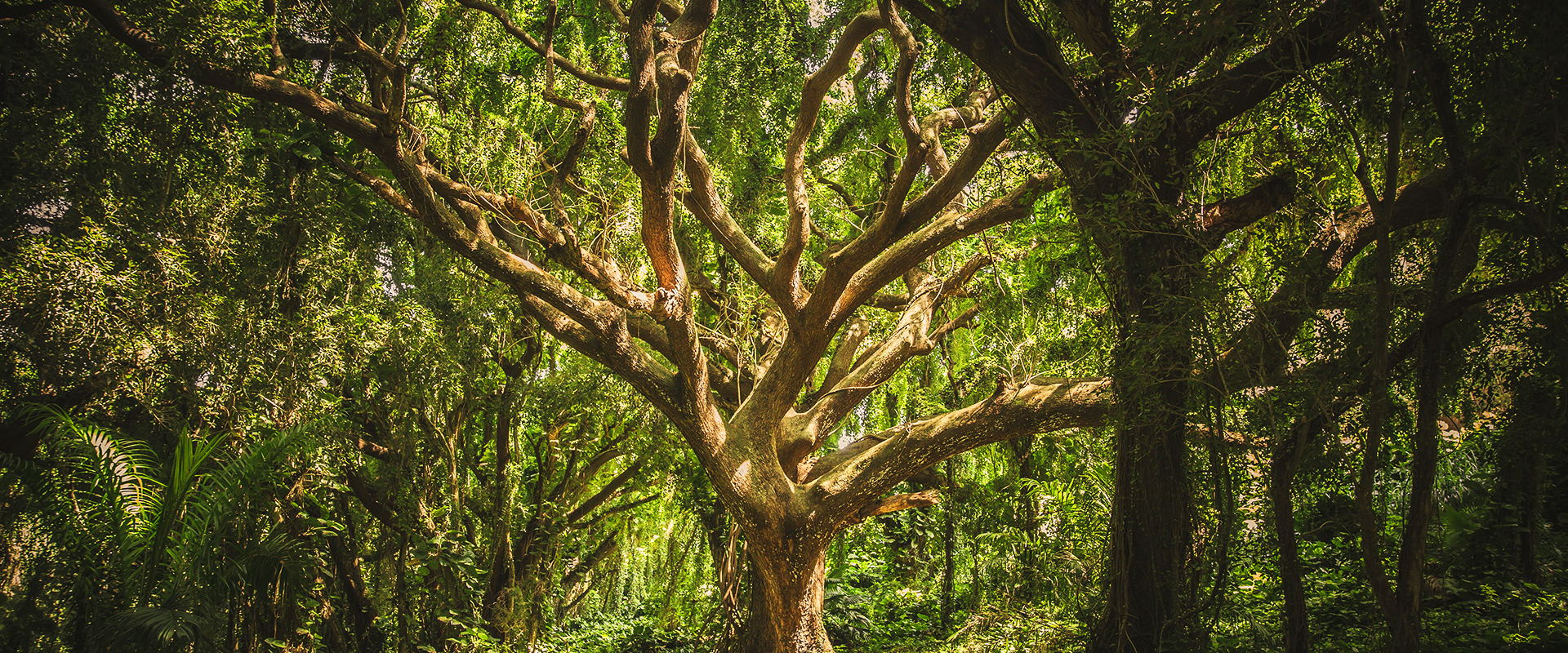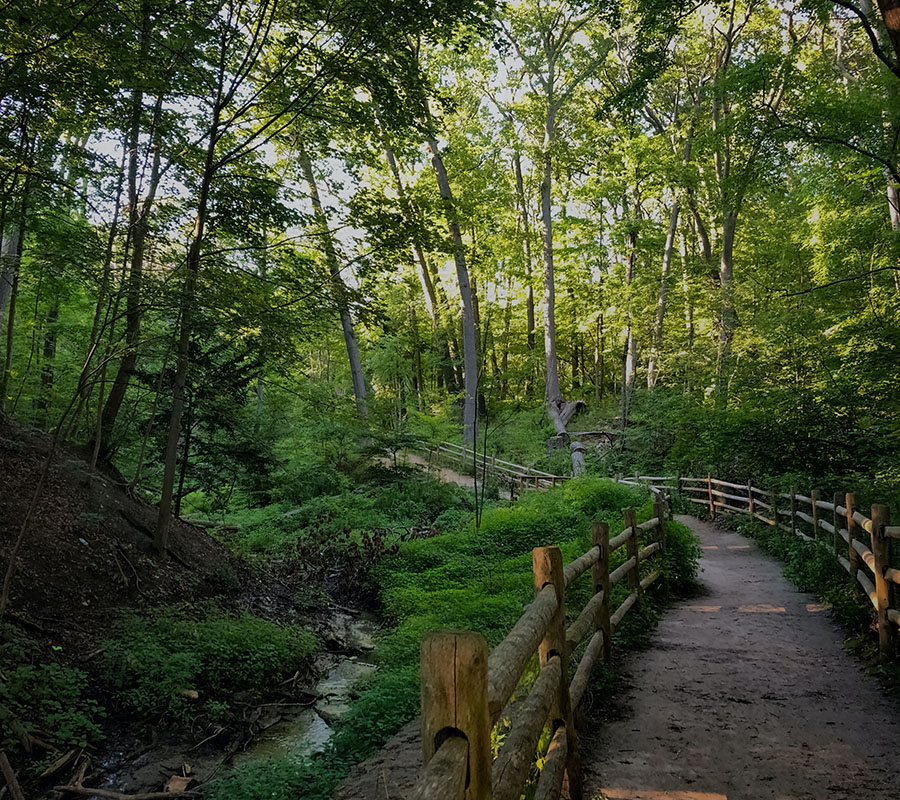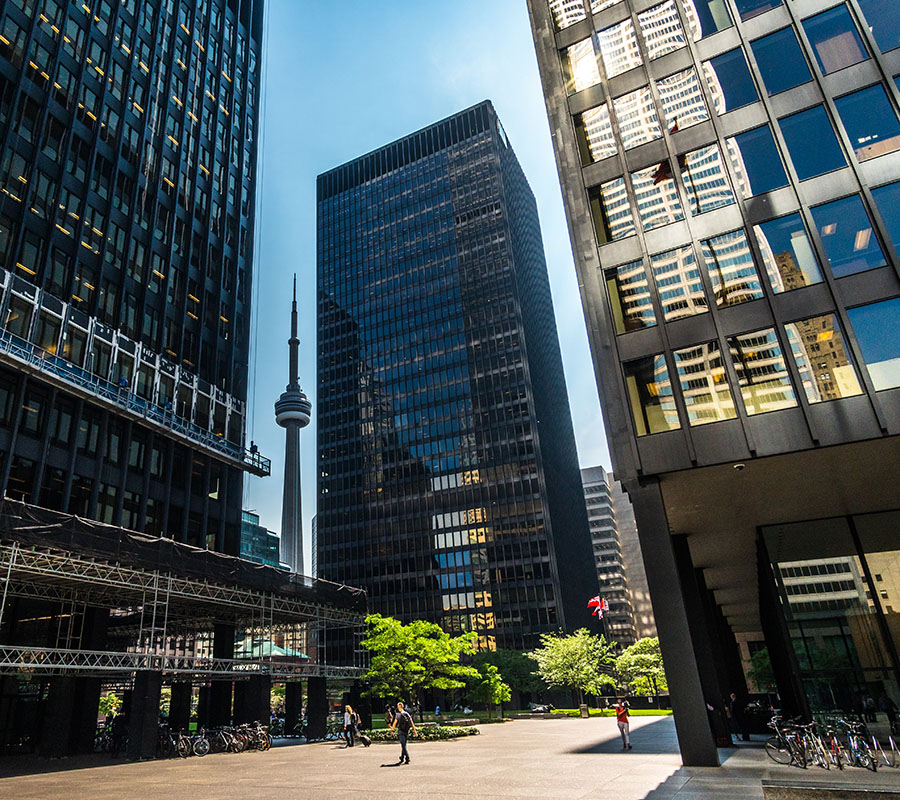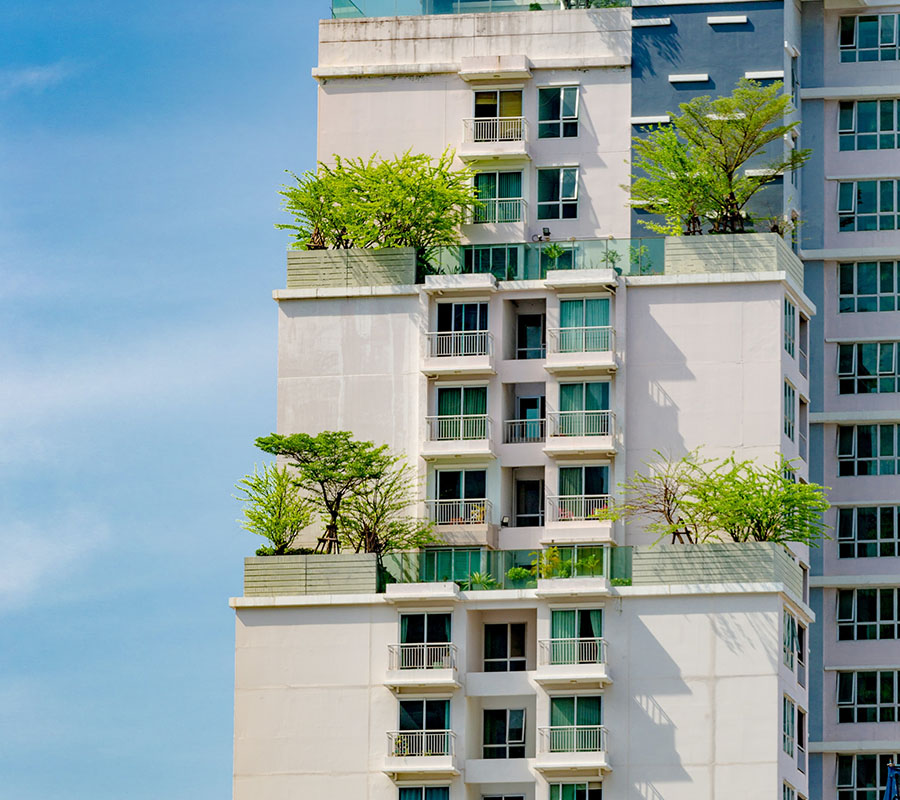
The Climate Caucus Councillor’s Handbook: Nature-Based Solutions
Excellent resource (in progress) with background and examples of a variety of nature-based climate solutions for municipalities.

Urban areas generate about 40% of greenhouse gas emissions in Canada. At the same time, cities are increasingly threatened by climate change-linked extreme weather events like floods, heatwaves, fires, and storms.
Protecting cities from climate change through traditional infrastructure approaches, like sea walls, stormwater and sewer upgrades, and expanded air conditioning, is expensive. Likewise, cities are looking to nature-based solutions as a means to build resilience while improving the health and well-being of citizens and securing ecological and economic benefits.
Towns and municipalities can take action to protect important existing natural areas.
Towns and cities can implement better planning and land management policies and tools.
Communities and municipalities can restore ecosystems through a range of projects and activities.
Creating and enhancing green infrastructure to improve health and climate change resilience.
Towns and municipalities can take action to protect important existing natural areas by:


Towns and municipalities can take action to protect important existing natural areas by:

Growing towns and cities can put in place better planning and land management policies and tools to protect valuable land and water assets.
The first step is often to highlight the benefits of protecting natural areas by identifying services provided by natural assets. Other planning tools include applying a biodiversity or sustainability lens or index to planning processes, putting in place urban containment boundaries, embracing smart growth principles, and redeveloping brownfields.
Community groups and municipalities can engage in a range of projects and initiatives to restore important ecosystems such as rivers, streams, wetlands, shorelines, forests, and other degraded lands. They may also engage in numerous creative natural projects like creating pollinator parks, urban gardens, shelterbelts, and hedgerows.
Urban tree planting initiatives, for example, bring multiple benefits, from absorbing carbon dioxide (and other pollutants) to temper extreme heat.


Community groups and municipalities can engage in a range of projects and initiatives to restore important ecosystems such as rivers, streams, wetlands, shorelines, forests, and other degraded lands. They may also engage in numerous creative natural projects like creating pollinator parks, urban gardens, shelterbelts, and hedgerows.
Urban tree planting initiatives, for example, bring multiple benefits, from absorbing carbon dioxide (and other pollutants) to temper extreme heat.

Creating and enhancing green or natural infrastructure to improve health and resilience can include the construction of natural assets for stormwater management, rainwater diversion, and flood protection. Numerous towns and cities have already embraced green roofs as a way to improve air quality, absorb excess water, reduce noise pollution, and provide for urban agriculture.
Funding methods for green infrastructure could include stormwater utility fees and credit programs. While policies and by-laws could include green design standards (e.g. requirements for permeable pavement).
Examples
Check out these examples of ways that nature-based climate solutions are being used in Canada’s forests, from local neighbourhood level to nation-wide initiatives. They might help you to think of projects for your community!
Here are organizations that you can contact to learn more about nature-based climate solutions in urban areas.
Canada’s wilderness is the world’s envy. It’s our duty to keep our true north strong and green.
Donate